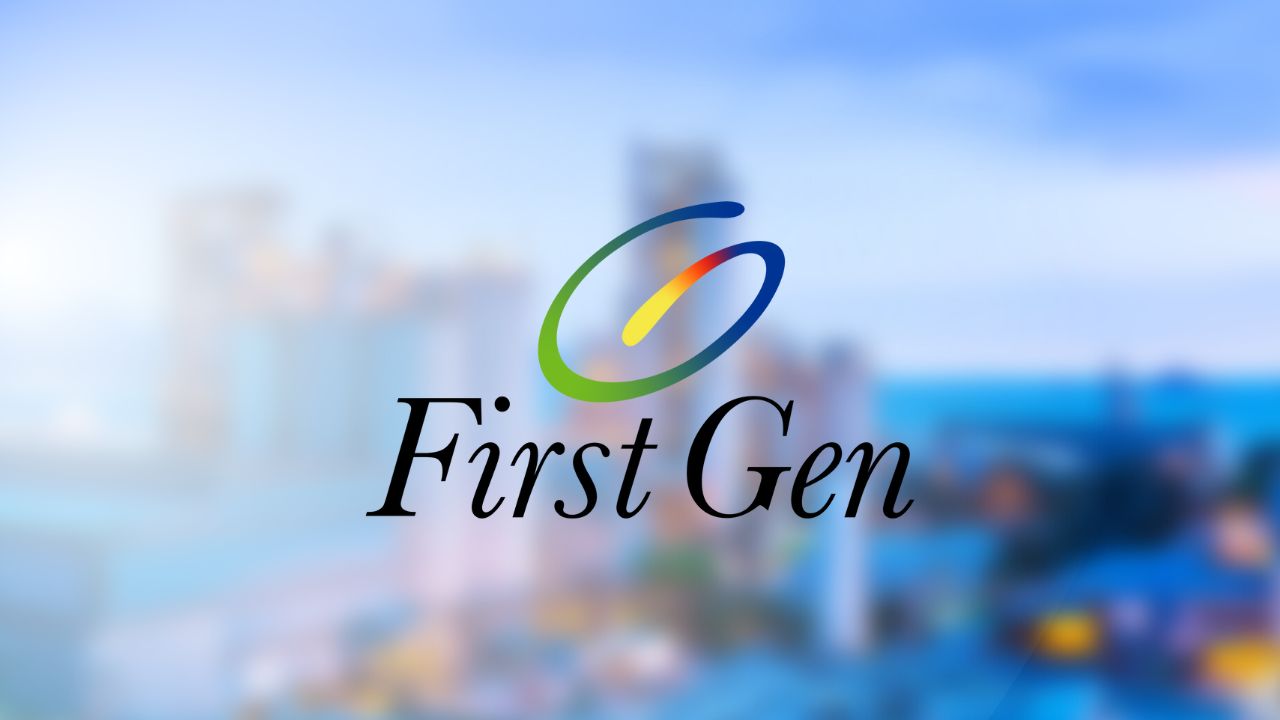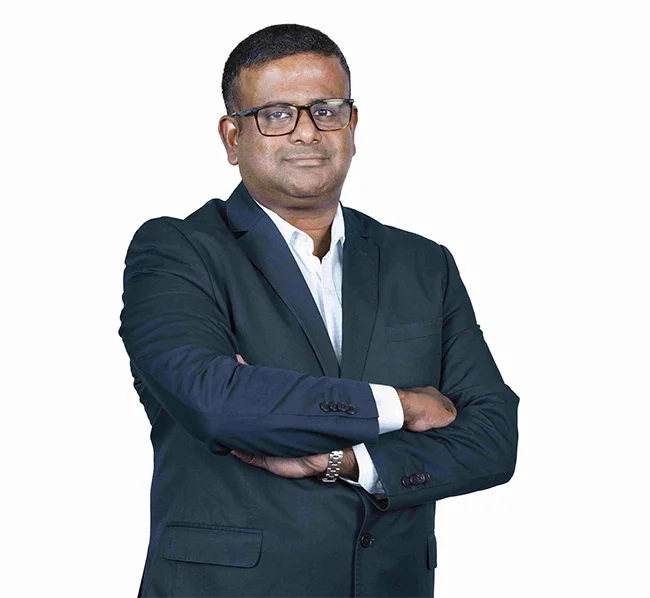A Facebook user profile displays an image generated by artificial-intelligence (AI) in the style of Studio Ghibli animation, on April 2. MANAN VATSYAYANA/AFP/Getty Images Viet Vu is manager of economic research at The Dais at Toronto Metropolitan University. Last month, for a moment, social media was filled with images reminiscent of an animation style made famous by director Hayao Miyazaki of Studio Ghibli in Japan through timeless works such as Spirited Away , Howl’s Moving Castle and, most recently, The Boy and the Heron .
But Mr. Miyazaki did not release a new movie – rather, it was a marketing ploy to promote the latest iteration of a generative AI-based image generation tool released by OpenAI . The discourse immediately took root, and battle lines were drawn.

On one side were tech evangelists excitedly turning all sorts of things, from famous memes to mundane photos of their loved ones, into “Ghibli-fied” images, claiming this tool democratizes art creation. On the other side were those who took aim at the disrespect such acts demonstrate for the director who created this now-familiar style – and the moral failings that led to these tools. To be fair, the new tool is very, very good – better than anything that came before it – and the technical knowledge that created it should rightfully be commended.
However, left in the current trajectory, these tools will not help art proliferate; rather, they will render art stale and devoid of any innovation. In a market-based economy, for an innovation to be created, the innovator (and the investors) must be able to make a profit from it. The tricky thing, however, is that once an innovation is described, it’s often very easy for others to copy that innovation.
And if innovation is easy to copy, without some form of protection for the innovator, there will be no incentives to create new innovations. This is the core argument for why we have intellectual property protection regimes, from patents to copyright laws. These IP regimes mean incentives exist to develop miracle medications such as Ozempic.
Art and certainly art style also fall under this regime. However, mimicking another’s art style used to take considerable skill, which meant many artists did not have to worry about the mass erosion in the value of their unique artistic styles. That is, up until the release of the latest image generation model.
Now, anyone with a computer can generate images that convincingly mimic art styles that real artists painstakingly developed, often toiling away for years (in Miyazaki’s case, decades) to perfect. Left unaddressed, this ease of copying and the implied erosion of an artist’s ability to copyright their work and style – and enforce that copyright – destroys many of the incentives for an artist to create new artistic styles that enrich our lives (and our economy). We all lose from living in a world that lacks innovation in the arts.
What can we do? Access to the enforcement of copyright violations has often only been afforded to the largest IP holders (such as Disney or Nintendo). We must find ways for smaller artists, illustrators and creative professionals to fairly access ways to protect their own intellectual property. Screen industries and music industries have for years built up infrastructure to protect and enforce copyrights, even for small actors and indie musicians.
Governments and art collectives must urgently pool their resources to create the same infrastructure, to represent all artists. New technologies such as Living Content that allow artists to track how their work is copied and transformed through AI systems should be celebrated, but such systems are not sufficient without the legal, financial and political resources needed to protect art development that start from copyright enforcement. This conversation isn’t taking place because artists are afraid of technology – they have often been at the forefront of adopting technologies and incorporating them in their art.
But they are concerned about their intellectual property being violated. We have recognized the importance of IP protection when it comes to technology. It is time we work to respect artists’ intellectual property, too, to ensure we continue creating timeless classics such as Spirited Away far into the future.
.
Business

AI will ruin art, and it ruin the sparkle in our lives

Artificial intelligence has been creating images reminiscent of an animation style made famous by director Hayao Miyazaki of Studio Ghibli in Japan














